- Images
- Blog
- Tools
- Questar
- The Questar telescope
- Questar resource links
- Search for Questar info
- 172mm Focal Reducer
- Afocal adapter for point and shoot camera
- Camera adapter lengths
- Camera adapter threading
- Camera connection
- Camera focusing
- Custom counterweight
- Drift Alignment Joy
- Finder Eyepiece Compatibility
- The Questar Moon 1981
- Questar Powerguide II Battery Life
- Questar Zone, How to Service Videos
- Red Dot finder mount for Questar
- Questar Viewing Table
- Wedge mounts
- White light solar filters comparison
- How to
- Get started in astronomy
- Astro RaspberryPi Camera and kin, the ASIAir and StellarMate
- Blind Smart-phone Equatorial Wedge or GEM Polar Alignment
- Camera phone adapter
- Celestron FirstScope with equatorial tripod mount
- Coat Pocket Astrophotography
- Day-lapse Images of Earthshine on the Crescent Moon
- Dobsonian Carrying Case
- DSO Astrophotography without a Telescope
- DSO imaging without a star tracker
- Estimating image resolution
- Lunar Eclipse Photography
- Moon photography - a dozen ways to shoot the Moon
- Meteor shower photography & planning
- Matching image sensor size to telescope resolution
- Narrow band imaging with color cameras
- Planetary Image Workflow
- Print and Display Astrophotography
- Observing
- Events
- More
- About
- Contact
East Austin Studio Tour 2017
Witness a universe in motion at Fisterra Studio during EAST
Motion in the sky is the theme of my images on display at Fisterra Studio for the 2017 East Austin Studio Tour. I’ve been invited to exhibit along with ten other guest artists at Fisterra on the tour, during the second and third weekends in November 2017. EAST is a free, annual, self guided art event that lets the public meet artists and experience the work of 500 artists in over 150 studios and galleries.

The stars appear to stay the same each year as the earth circles the sun. Changes are nearly impossible to see in human time spans because of the vast distances. It’s easy to imagine the stars painted on a ceiling above the sky.
A small telescope opens up a wonderland of motion in the solar system. Planetary conjunctions, eclipses, transits, occultations, shadows, asteroids, comets, and meteors, let us experience movements in our solar system.
In 2014, for a few days, all five visible planets and the crescent Moon, spread across the sky just before sunrise. In this awesome sight, the entire plane of the solar system spread out before me. I felt my place immersed in the universe. This experience compelled me to make capturing these immersive moments a theme for my astrophotography.
I invite you to see these images in person. Our eyes can appreciate objects that differ in brightness by a million to one. Capturing the same experience in prints with a much smaller range is a challenge. I’ll be present to answer your questions about capturing, processing, and rendering these images. If you will not be in Austin in November, here is a preview of some of the images:
Solar Eclipses
A total solar eclipse unfolds with startling rapidity at the beginning of totality. The last thin sliver of sun transforms into a spectacular diamond ring effect which sparkles as the last bit of sun slips through the mountains and valleys at the edge of the Moon. When the last bit of sun winks out the solar corona is immediately visible in all its glory. A thin band of the pink solar chromosphere is visible and solar prominences many times the size of the earth leap away from the sun. The composite image below captures the few seconds of the reverse sequence at the end of totality.

The Great American Eclipse from a million miles away - a composite of reprocessed NASA DSCOVR EPIC images gives a view of the eclipse from far away in space.
Partial solar eclipses are more easily seen. The Moon's silhouette slowly slides past the sun at a leisurely pace similar to that of a lunar eclipse.
Lunar Eclipses
I've been fascinated with visualizing the earth's shadow in space. This composite of three images of a lunar eclipse was made with the camera framing a fixed region of the sky. The extent and shape of the earth's shadow, roughly four times the size of the Moon, is clear.
Earthshine and the Lunar Terminator
Every night highlights a different region of the Moon as the terminator between sunlight and shadow moves across its face. The dark portion of the Moon facing the earth is not completely dark. It is lit by sunlight reflected from the earth. Although this brilliant earthlight is nearly 10 times as bright as moonlight on the earth; it is nearly a million times dimmer than sunlight. It is easy to appreciate this by eye with a telescope. Special high dynamic range techniques are required to capture it with a camera.
Moons of Jupiter and Saturn
Galileo's discovery of the dance of Jovian moons, is perhaps the greatest discovery in science. The show goes on and is easily visible in a small telescope.
Saturn's great moon Titan is also easily visible in a small scope. Imaging Enceladus, Tethys, Rhea, and Dione along with Titan is a challenge.
Occultations and Transits
An occultation of Venus by our Moon is visible in daylight.
Jupiter's moons and their shadows regularly transit its face and are our view of total solar eclipses on Jupiter.
Comets and Meteors
Comet Lovejoy in 2015 was a faint cyanide green splotch in binoculars. With a small telescope and camera we see spectacular detail.
Meteor showers are easily appreciated by eye. An all night composited time lapse makes the origin of this stream of debris from a comet clear.
Print store update
The metal prints of these images were very popular at EAST. You can now order your own metal prints of these images from my print store.
Content created: 2017-10-17
Comments
![]() Submit comments or questions about this page.
Submit comments or questions about this page.
By submitting a comment, you agree that: it may be included here in whole or part, attributed to you, and its content is subject to the site wide Creative Commons licensing.

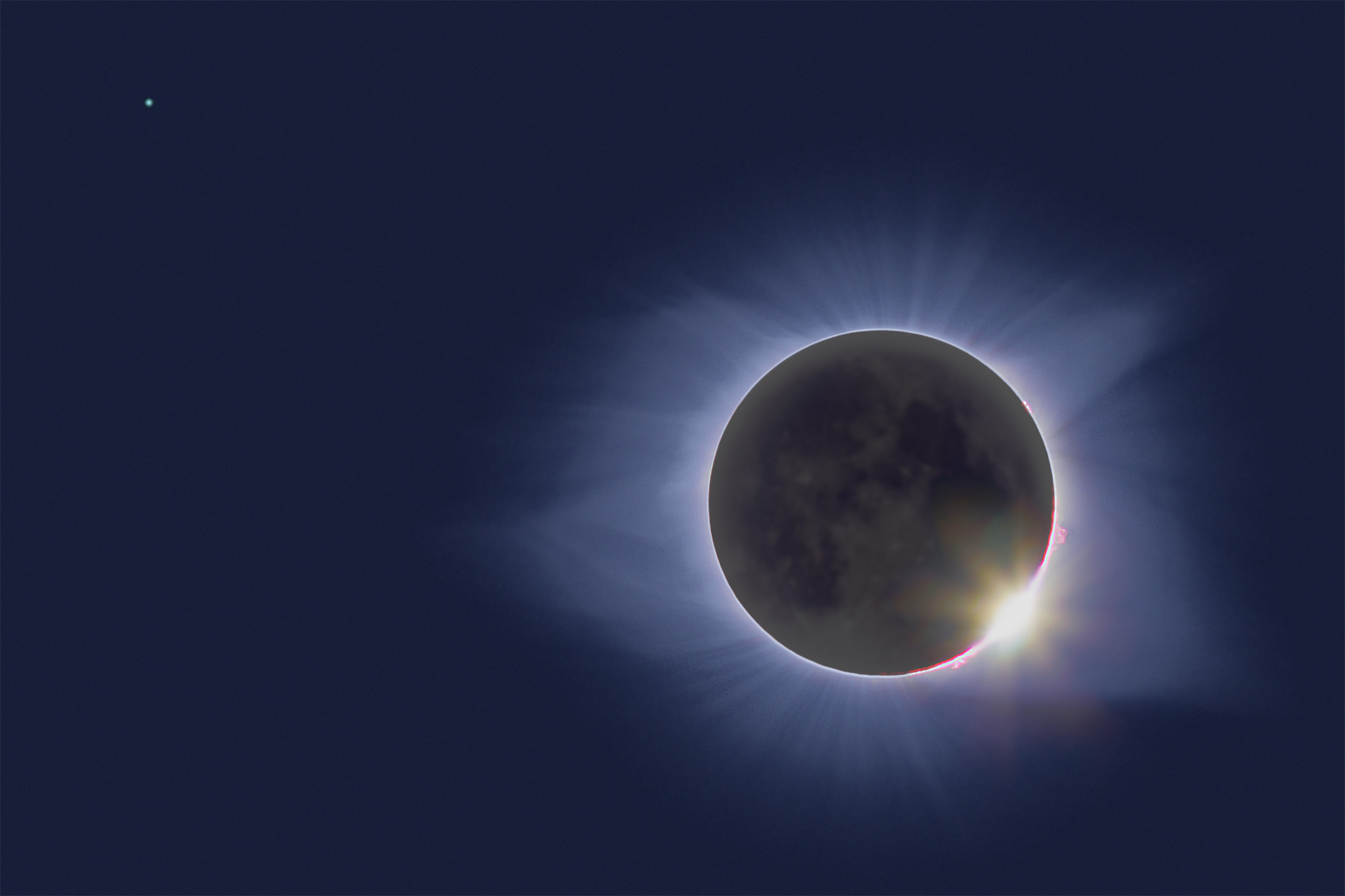

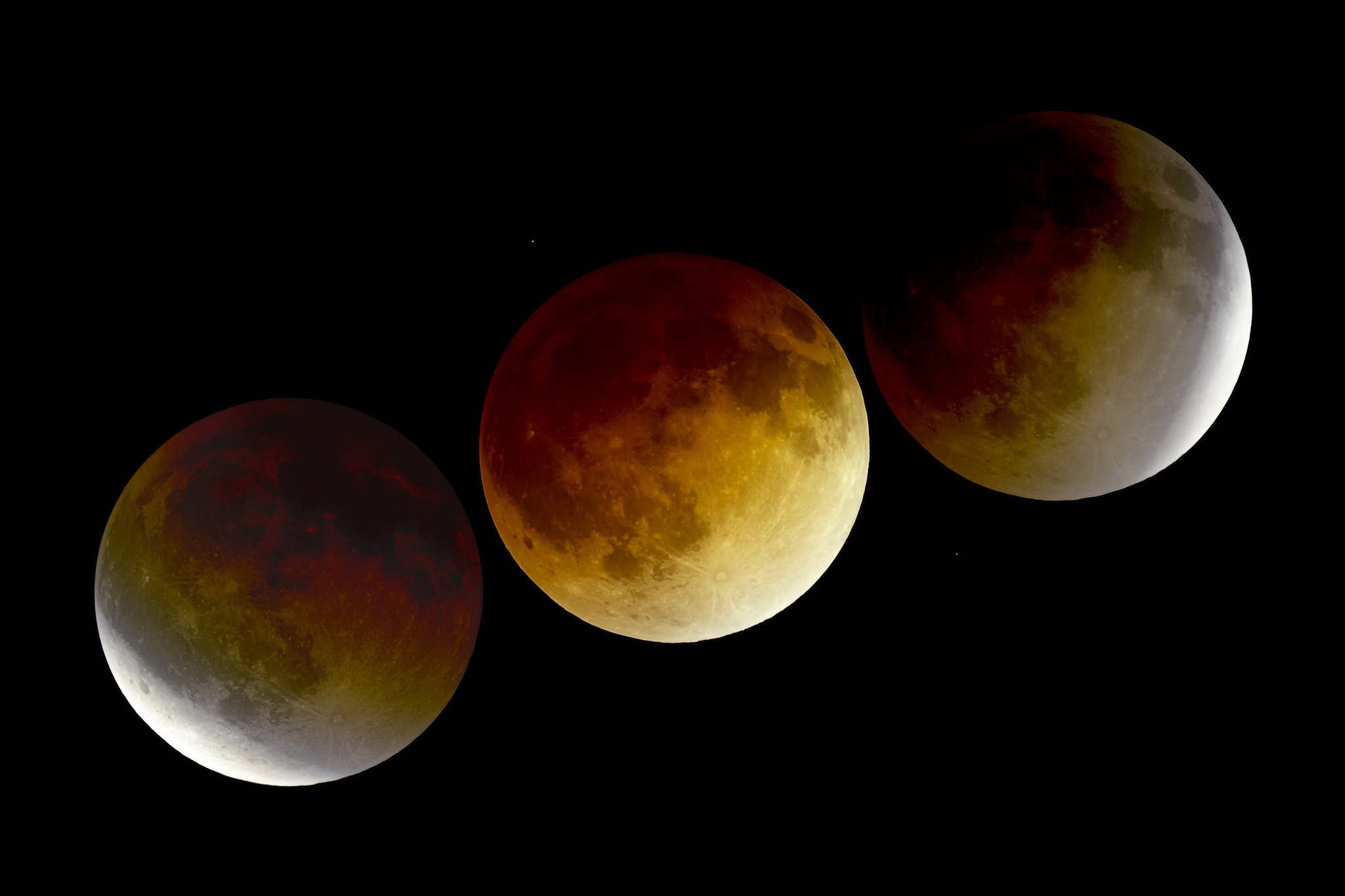

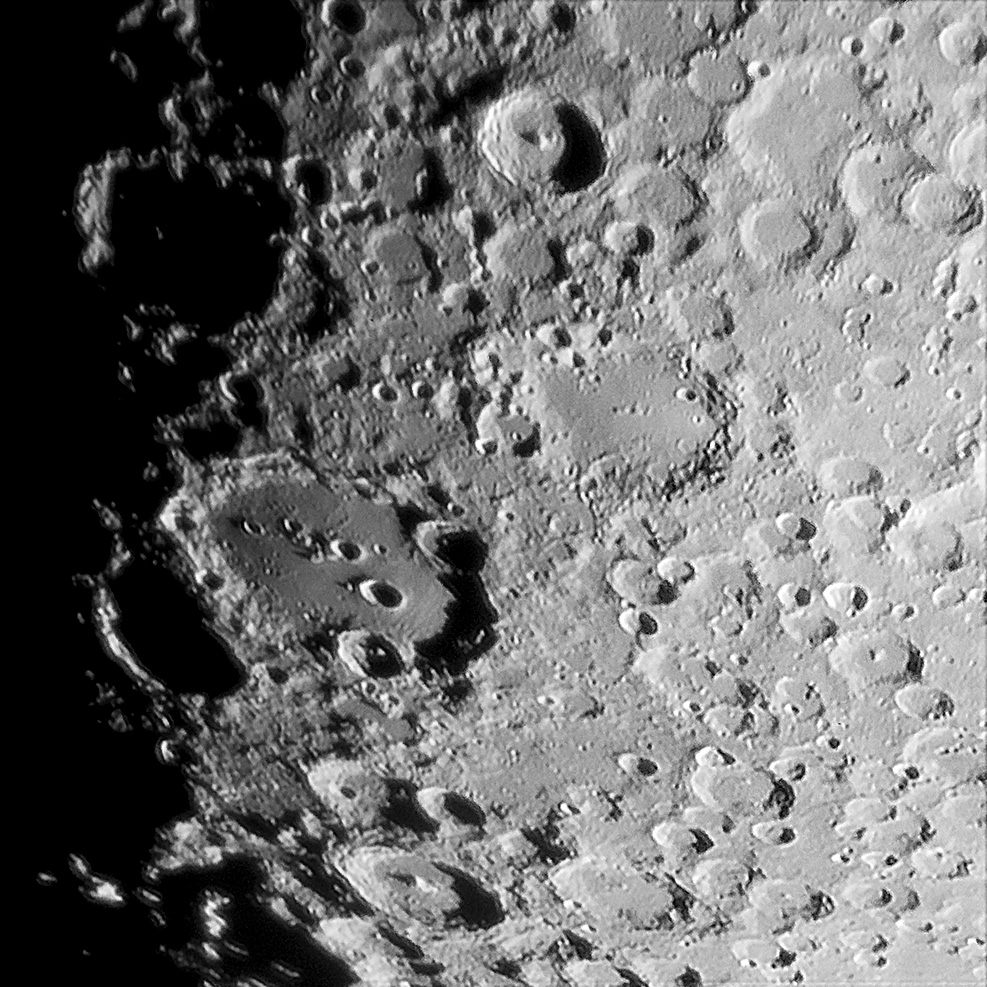
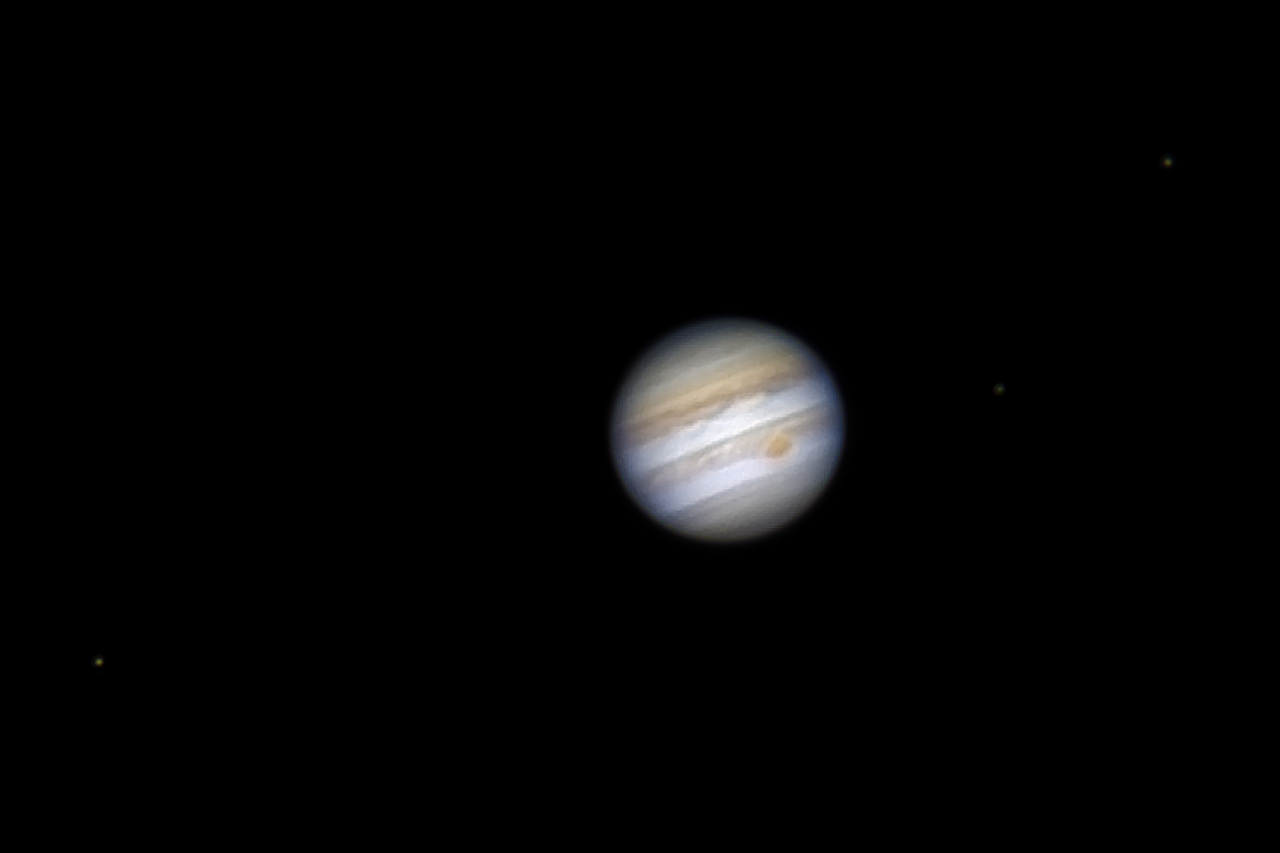
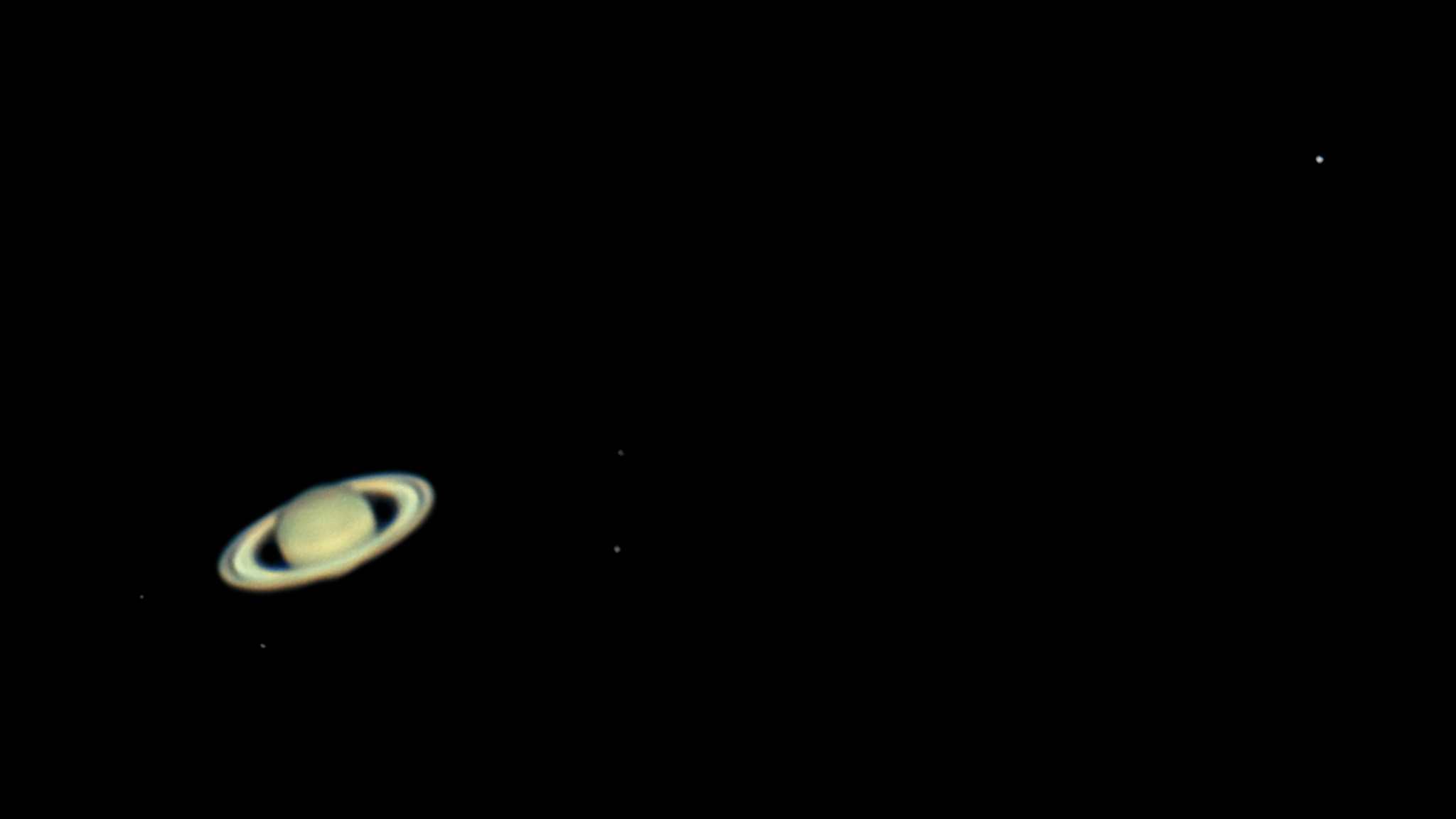
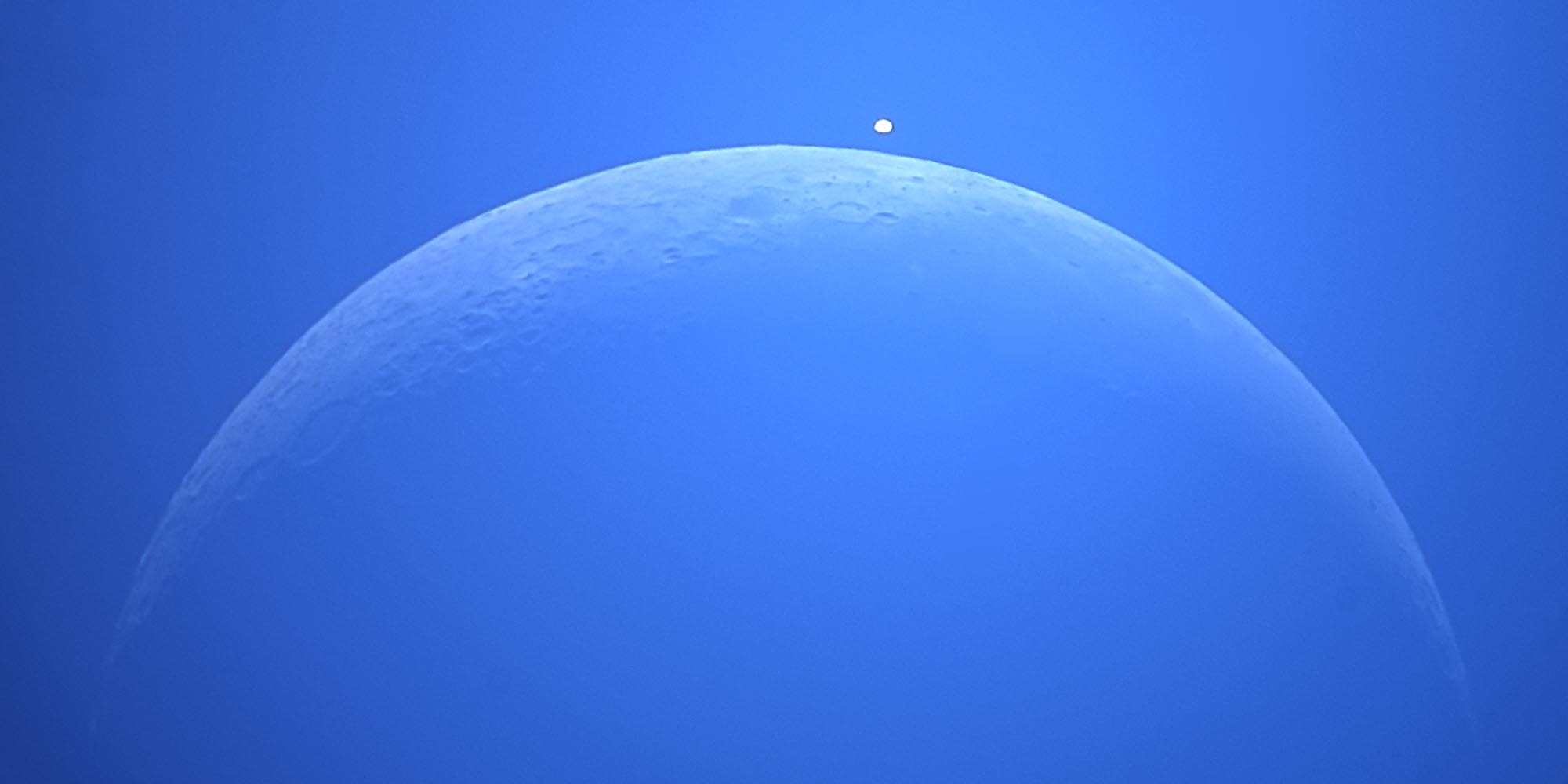
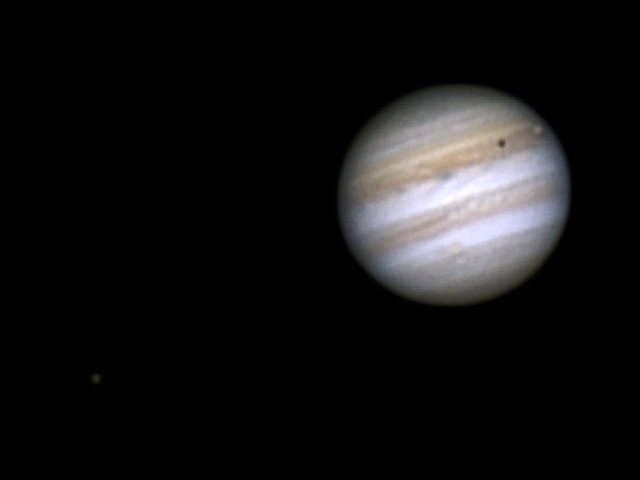
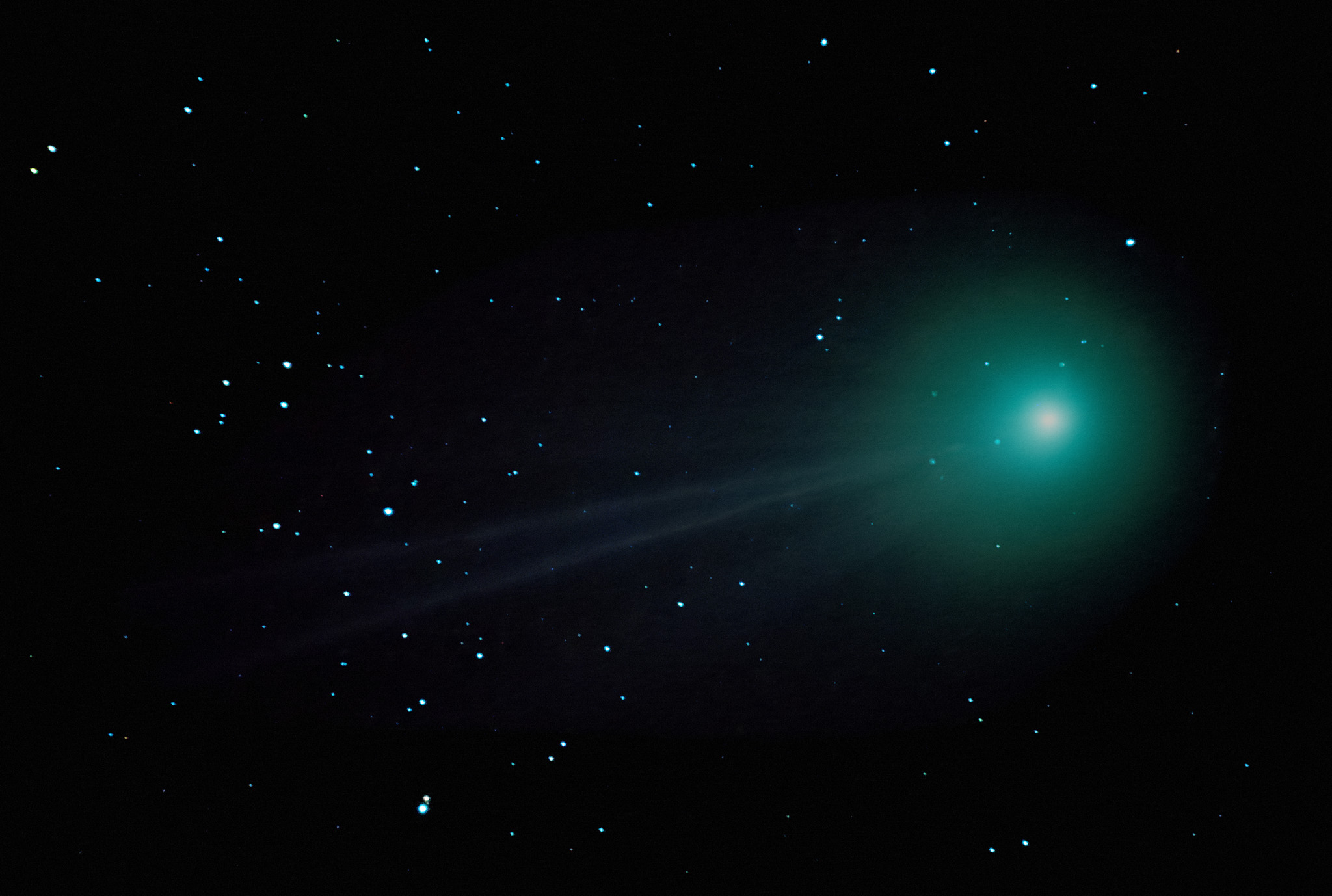
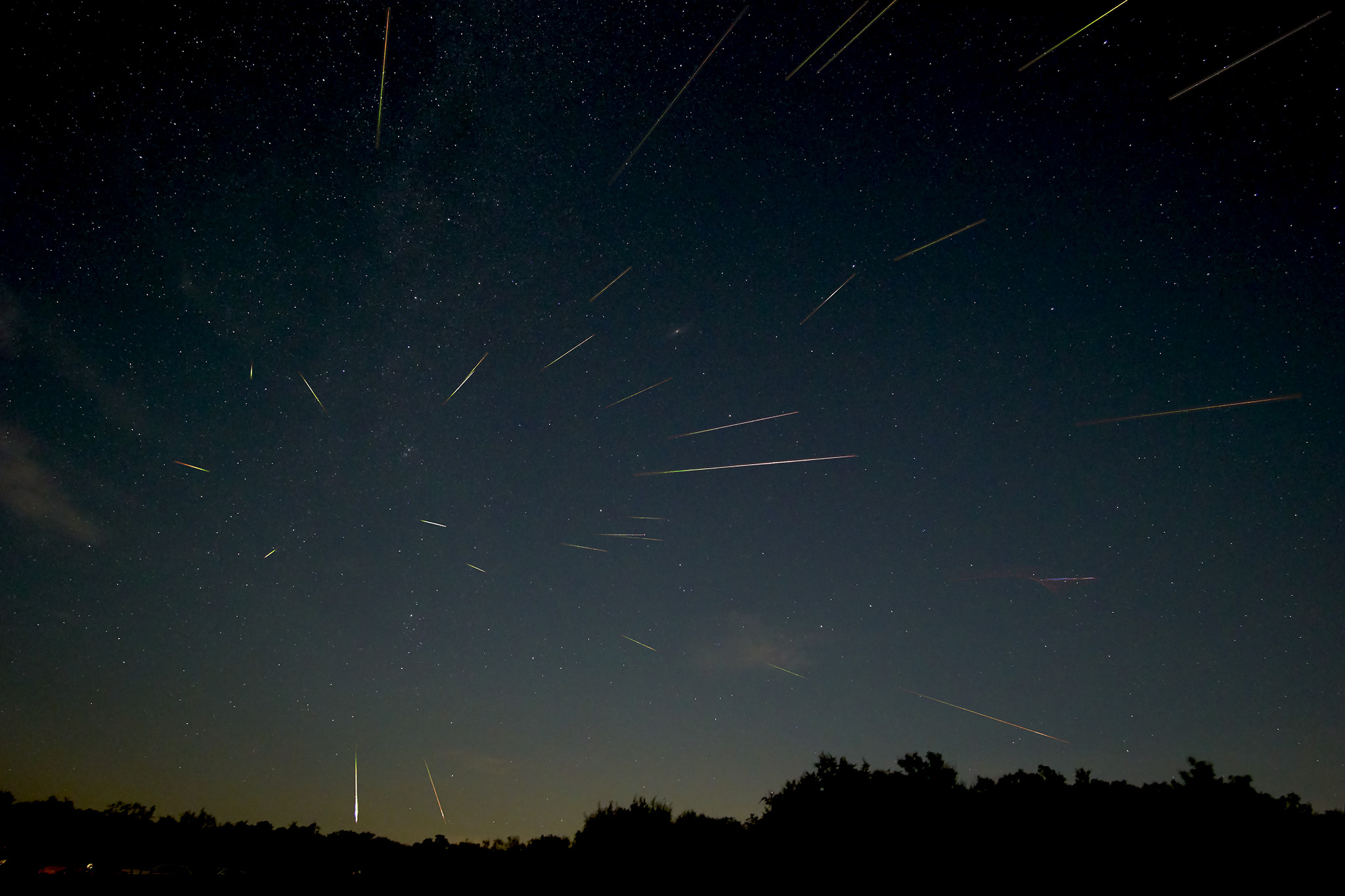


 ACEAP
ACEAP